Lanthanum Aluminate Sputtering Target Description
The Lanthanum Aluminate Sputtering Target from TFM is an oxide sputtering material composed of lanthanum (La), aluminum (Al), and oxygen (O).
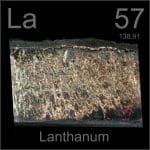 Lanthanum is a soft, malleable, silvery-white metal and is one of the most reactive rare earth elements. It is used in a variety of applications, including the production of special optical glasses and the improvement of steel malleability. Lanthanum is also valuable in wastewater treatment and oil refining processes. Additionally, scientists have nicknamed lanthanum “super calcium” because of its use in photoconversion films, which are used to enhance the efficiency of solar cells by converting ultraviolet light into visible light.
Lanthanum is a soft, malleable, silvery-white metal and is one of the most reactive rare earth elements. It is used in a variety of applications, including the production of special optical glasses and the improvement of steel malleability. Lanthanum is also valuable in wastewater treatment and oil refining processes. Additionally, scientists have nicknamed lanthanum “super calcium” because of its use in photoconversion films, which are used to enhance the efficiency of solar cells by converting ultraviolet light into visible light.
Related Product: Lanthanum Sputtering Target
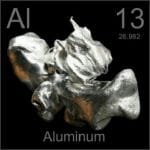 Aluminium, also known as aluminum, is a chemical element named after the Latin word for alum, ‘alumen,’ meaning bitter salt. It was first mentioned in 1825 and observed by H.C. Ørsted, who also accomplished and announced its isolation. The chemical symbol for aluminium is “Al,” and its atomic number is 13. Aluminium is located in Period 3, Group 13 of the periodic table, within the p-block. Its relative atomic mass is 26.9815386(8) Dalton, with the number in brackets indicating the measurement uncertainty. Aluminium is widely used due to its lightweight, high strength, and excellent corrosion resistance, making it essential in industries such as aerospace, construction, and packaging.
Aluminium, also known as aluminum, is a chemical element named after the Latin word for alum, ‘alumen,’ meaning bitter salt. It was first mentioned in 1825 and observed by H.C. Ørsted, who also accomplished and announced its isolation. The chemical symbol for aluminium is “Al,” and its atomic number is 13. Aluminium is located in Period 3, Group 13 of the periodic table, within the p-block. Its relative atomic mass is 26.9815386(8) Dalton, with the number in brackets indicating the measurement uncertainty. Aluminium is widely used due to its lightweight, high strength, and excellent corrosion resistance, making it essential in industries such as aerospace, construction, and packaging.
Related Product: Aluminium Sputtering Target
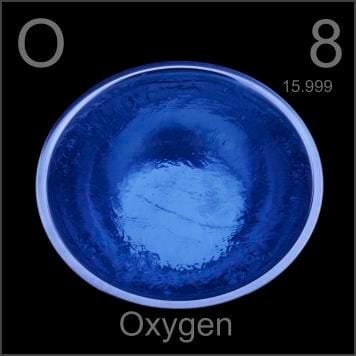 Oxygen is a chemical element that originated from the Greek ‘oxy’ and ‘genes’ meaning acid-forming. It was first mentioned in 1771 and observed by W. Scheele. The isolation was later accomplished and announced by W. Scheele. “O” is the canonical chemical symbol of oxygen. Its atomic number in the periodic table of elements is 8 with location at Period 2 and Group 16, belonging to the p-block. The relative atomic mass of oxygen is 15.9994(3) Dalton, the number in the brackets indicating the uncertainty.
Oxygen is a chemical element that originated from the Greek ‘oxy’ and ‘genes’ meaning acid-forming. It was first mentioned in 1771 and observed by W. Scheele. The isolation was later accomplished and announced by W. Scheele. “O” is the canonical chemical symbol of oxygen. Its atomic number in the periodic table of elements is 8 with location at Period 2 and Group 16, belonging to the p-block. The relative atomic mass of oxygen is 15.9994(3) Dalton, the number in the brackets indicating the uncertainty.
Lanthanum Aluminate Sputtering Target Bonding Service
Specialized bonding services for Lanthanum Aluminate Sputtering Targets, including indium and elastomeric bonding techniques, enhance performance and durability. Thin Film Materials (TFM) ensures high-quality solutions that meet industry standards and customer needs.
We also offer custom machining of backing plates, which is essential for sputtering target assembly. This comprehensive approach improves target design flexibility and performance in thin film deposition. Our channels provide detailed information about bonding materials, methods, and services, helping clients make informed decisions.

Available Sizes of Lanthanum Aluminate Sputtering Target
| Material | Size |
| Lanthanum Aluminate, LaAlO3 | 1.00″ Dia. x 0.125″ Thick |
| Lanthanum Aluminate, LaAlO3 | 1.00″ Dia. x 0.250″ Thick |
| Lanthanum Aluminate, LaAlO3 | 2.00″ Dia. x 0.125″ Thick |
| Lanthanum Aluminate, LaAlO3 | 2.00″ Dia. x 0.250″ Thick |
| Lanthanum Aluminate, LaAlO3 | 3.00″ Dia. x 0.125″ Thick |
| Lanthanum Aluminate, LaAlO3 | 3.00″ Dia. x 0.250″ Thick |
| Lanthanum Aluminate, LaAlO3 | 4.00″ Dia. x 0.125″ Thick |
| Lanthanum Aluminate, LaAlO3 | 4.00″ Dia. x 0.250″ Thick |
| Lanthanum Aluminate, LaAlO3 | 6.00″ Dia. x 0.250″ Thick |
| Lanthanum Aluminate, LaAlO3 | 8.00″ Dia. x 0.250″ Thick |
We also offer other customized shapes and sizes of the sputtering targets; please Contact Us for more information.
Packing
Our Lanthanum Aluminate Sputtering Targets are meticulously tagged and labeled externally to ensure efficient identification and strict quality control. We take extensive precautions to prevent any damage during storage and transportation, ensuring the highest standards of product integrity upon delivery.
Get Contact
TFM offers Lanthanum Aluminate Sputtering Targets in various forms, purities, sizes, and prices. We specialize in high-purity thin film deposition materials with optimal density and minimal grain sizes, which are ideal for semiconductor, CVD, and PVD applications in display and optics. Contact Us for current pricing on sputtering targets and other deposition materials that are not listed.

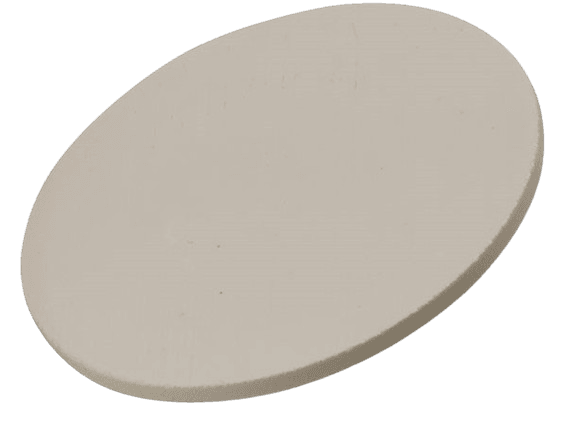
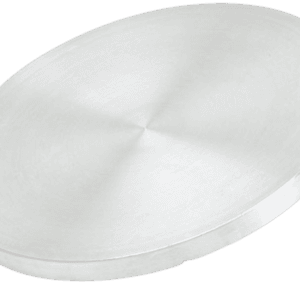

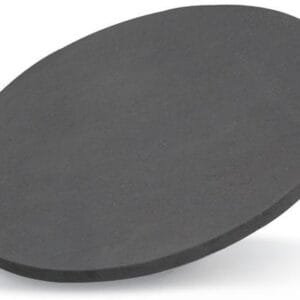
Reviews
There are no reviews yet.